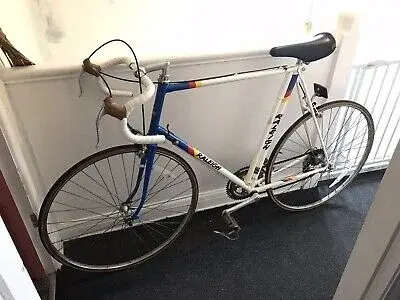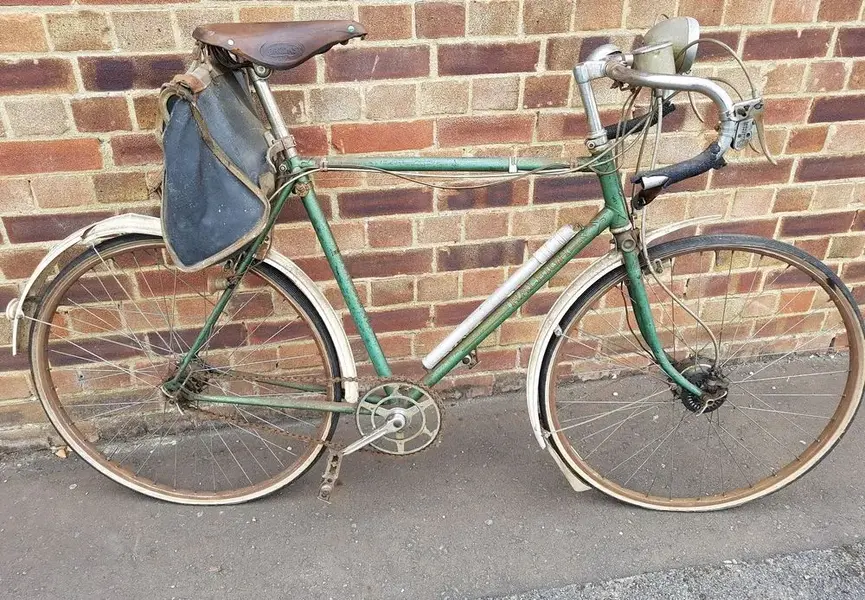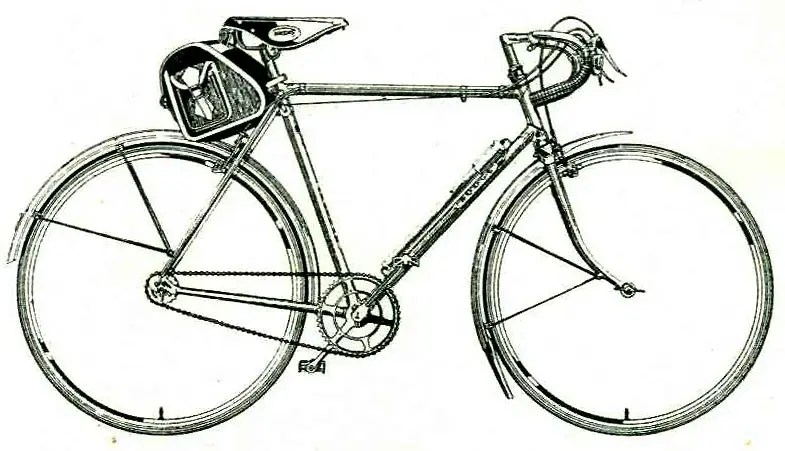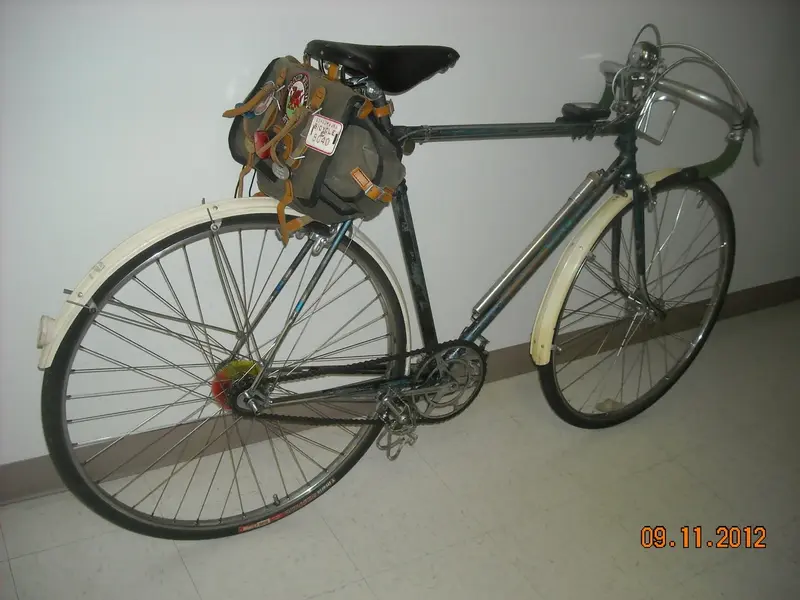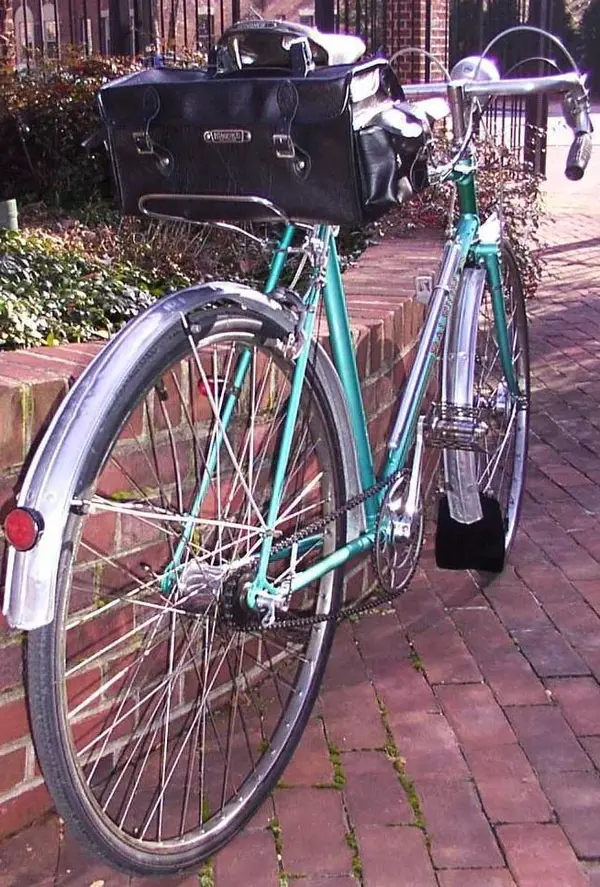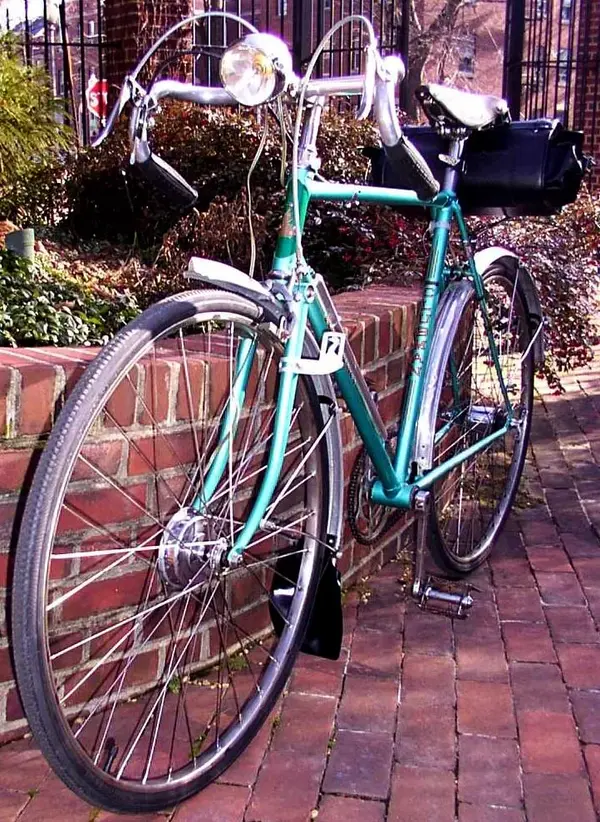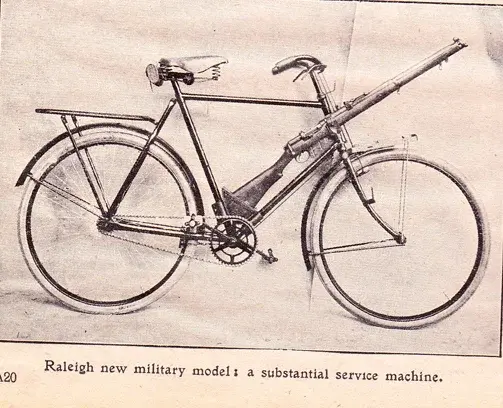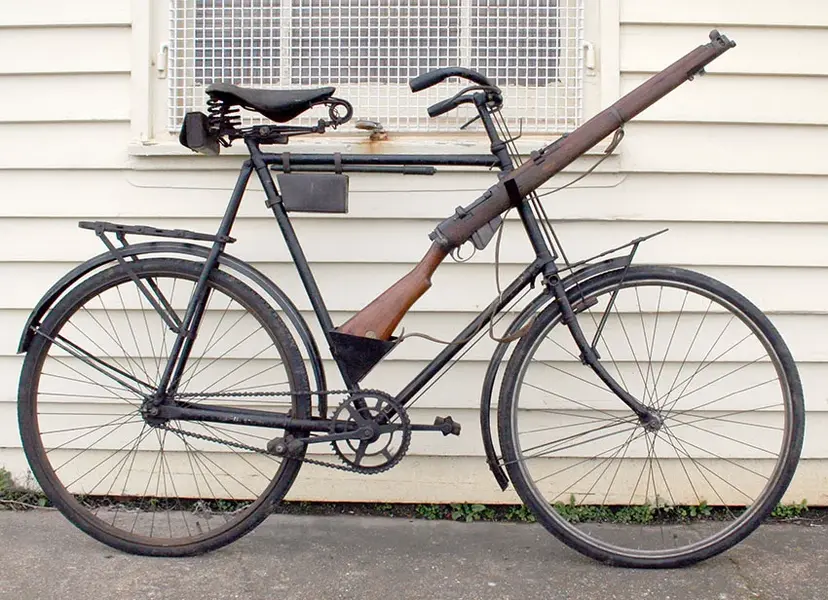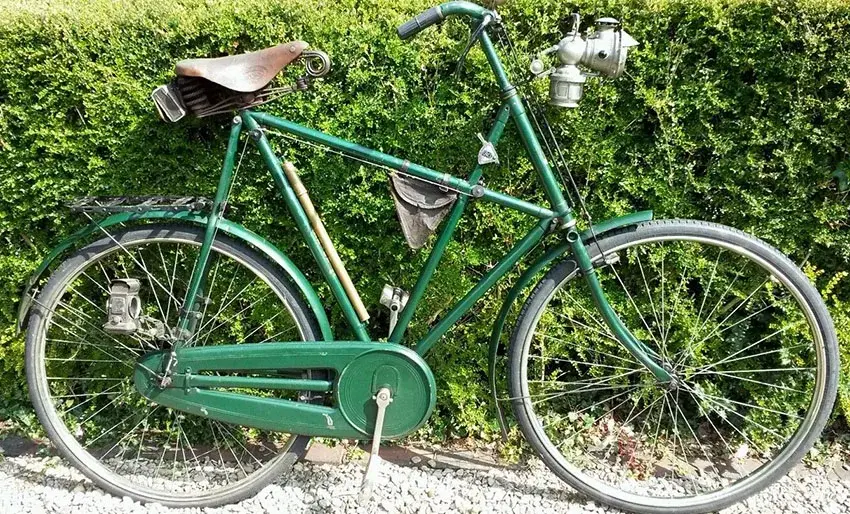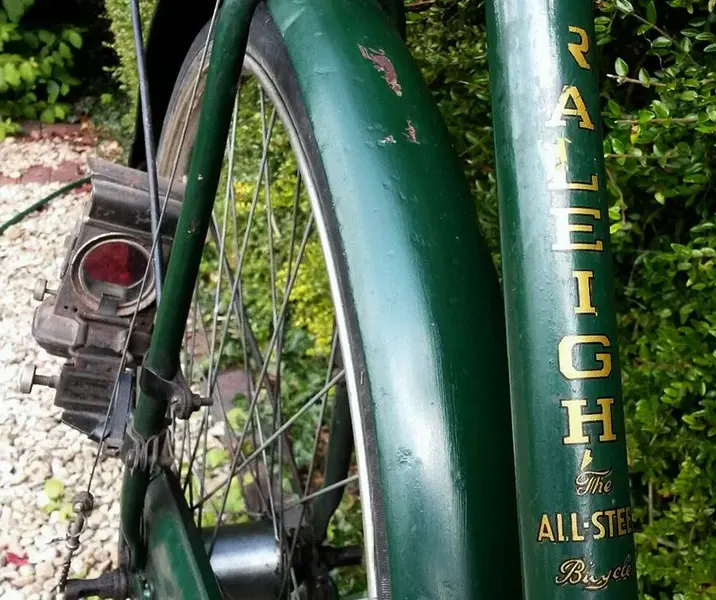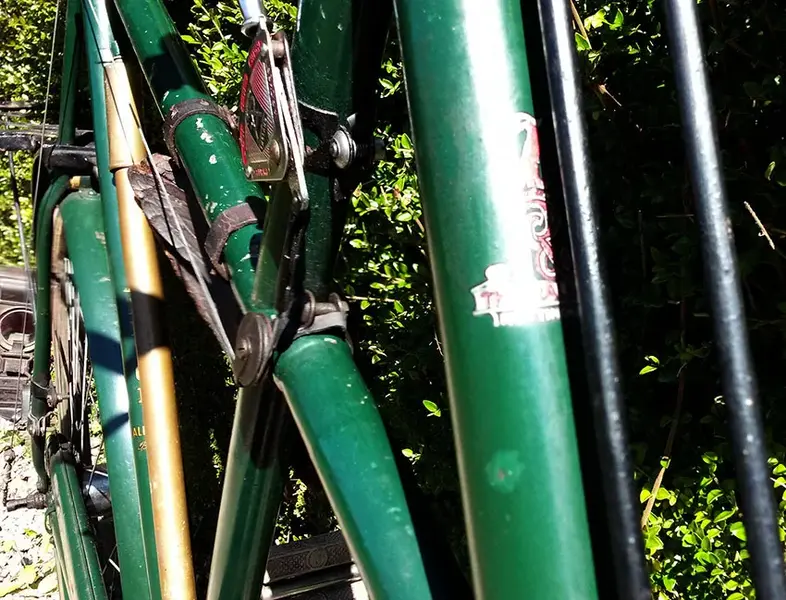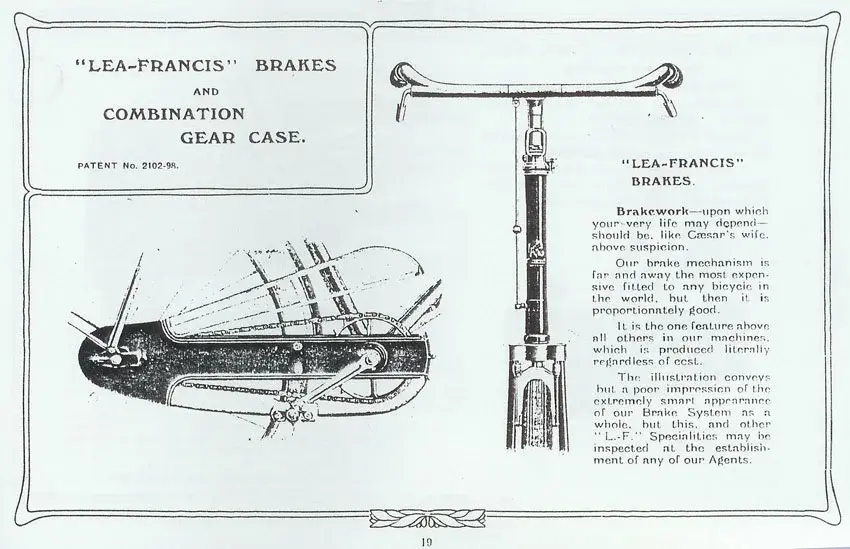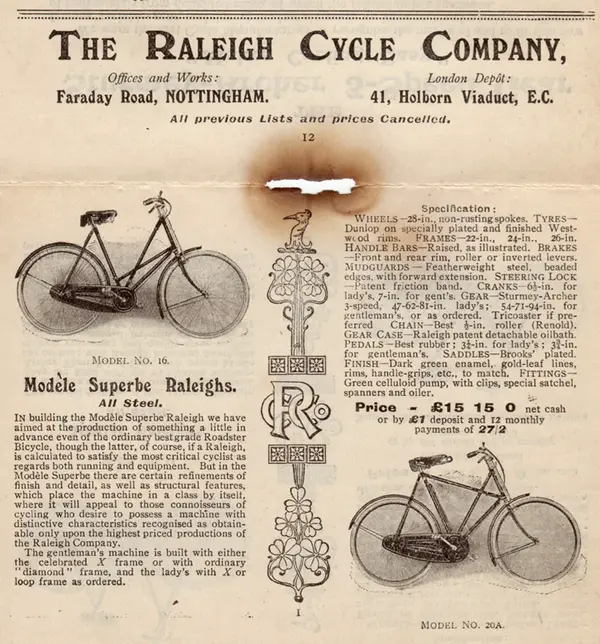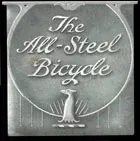You are using an out of date browser. It may not display this or other websites correctly.
You should upgrade or use an alternative browser.
You should upgrade or use an alternative browser.
Raleigh: The Great British Bicycle Company
- Thread starter Canuk
- Start date
Canuk
Old School Grand Master
The Clubman's roots go back to March 1946 with the introduction of Raleigh's initial post-war range including the Lenton Sports, no. 25, also produced as the Rudge Aero and Humber Beeston Sports).
This in itself was an improved version of the briefly offered Lenton Sports, no. 44, of 1940. The post-war version "designed to appeal to the clubman tourist in particular, as well as to all who can appreciate a reliable, attractive-looking and responsive mount at a reasonable price" [£15. 3 s. 8 d.] (Cycling) featured a 21" Reynolds 531 frame with 71° deg head and seat angles, a newly designed fork with solid ends and a new handlebar stem.
It also introduced the striking Polychromatic Olive Green livery. This model, however, proved short-lived and was withdrawn from production in spring 1947.
This in itself was an improved version of the briefly offered Lenton Sports, no. 44, of 1940. The post-war version "designed to appeal to the clubman tourist in particular, as well as to all who can appreciate a reliable, attractive-looking and responsive mount at a reasonable price" [£15. 3 s. 8 d.] (Cycling) featured a 21" Reynolds 531 frame with 71° deg head and seat angles, a newly designed fork with solid ends and a new handlebar stem.
It also introduced the striking Polychromatic Olive Green livery. This model, however, proved short-lived and was withdrawn from production in spring 1947.
Canuk
Old School Grand Master
The revised Clubman also benefited from the new range of alloy shell hub gears introduced in late 1949 by Sturmey-Archer. Supplied "stock" with flip-flop fixed and free single gear, any of the Sturmey-Archer hub gears could be fitted at extra cost including those made specifically for club riding (AM three-speed medium ratio or FM, four-speed medium ratio) or time trialing (AC three-speed close ratio or FC, four-speed close-ratio).
Export machines to the United States came with hub gears as standard, the choice being limited to the AW (three-speed wide ratio), AM or FM, usually with steel shells. Interestingly, the characteristic wing nuts were also not standard "spec" in the USA either. Now at its apogee, the Clubman remained in production for only two more years and in December 1951 it was announced that it would be discontinued in favour of the new Raleigh Super Lenton, Rudge Aero Special and Humber Streak which, unlike the Clubman, offered a choice of a 22" or 23" frame. Although not known at the time, these proved to be the last new club machines introduced by Raleigh as cycle sport begin to look more and more to the Continent for inspiration and technical innovation.
Export machines to the United States came with hub gears as standard, the choice being limited to the AW (three-speed wide ratio), AM or FM, usually with steel shells. Interestingly, the characteristic wing nuts were also not standard "spec" in the USA either. Now at its apogee, the Clubman remained in production for only two more years and in December 1951 it was announced that it would be discontinued in favour of the new Raleigh Super Lenton, Rudge Aero Special and Humber Streak which, unlike the Clubman, offered a choice of a 22" or 23" frame. Although not known at the time, these proved to be the last new club machines introduced by Raleigh as cycle sport begin to look more and more to the Continent for inspiration and technical innovation.
Canuk
Old School Grand Master
This Raleigh with military fittings is a particularly rare machine because it is a 28″ tall frame. Standard issue was a 24″ frame but, upon enlistment, officers and men could order a bicycle according to their own requirements from the main manufacturers, with the option of paying by hire purchase. Obviously this was great business for Raleigh. There were many Volunteer Cyclist Corps and most of the cyclists used their own bicycles. If their own was not suitable for heavy duty use, they ordered a new machine for war duty.
Similar threads
- Replies
- 3
- Views
- 1K
- Replies
- 37
- Views
- 7K
- Replies
- 13
- Views
- 2K
